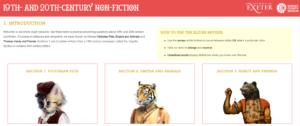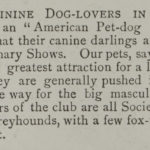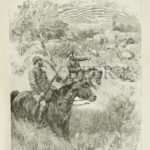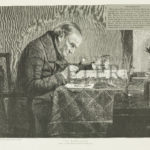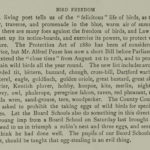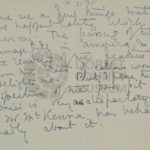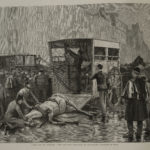Students and teachers are invited to use this online study resource to explore a collection of historical non-fiction texts. We have also provided each of the texts in the gallery below so that they can easily be downloaded. Transcripts can be found in the teaching pack. The texts examine attitudes to animals in the late nineteenth and early twentieth centuries.
Questions and sample answers have been included for GCSE English Language exam revision and the resource also supports A Level English.
- Tale of a dog in the nineteenth century
- Pet dog clubs
- Hunting lions
- Beauty and the beast
- The naturalist
- Bird freedom
- The living pyramid
- Living pyramid text
- Letter about a dog
- Letter about performing animals
- Letter about performing animals
- Animal ambulance
- Fashionable fur advert
Teachers
Sample lesson plans
Lesson 1:
Lesson 2:
Lesson plan 2_Attitudes & viewpoints in letters
Attitudes and viewpoints in letters PowerPoint
Language to Literature crossover lesson:
Jekyll-and-Hyde_Context-lesson-plan
Students
If your English Language exam includes the study of non-fiction from the nineteenth and/or twentieth centuries then this resource is for you!
(Relevant exam boards include: AQA, OCR, Eduqas and CCEA. Please note that 20th-century resources can also be used for Edexcel.)
Download the questions (optional)
How can the Slider Reviser help you with your revision?
- Practise reading 19th-century and/or early 20th-century non-fiction texts
- Examine writers’ viewpoints and perceptions in texts
- Practise analysing language
In your GCSE English Language exam you will answer questions on two different texts from different centuries. The two texts will be linked by theme or topic. The Slider Reviser uses attitudes to animals as one example of a theme.
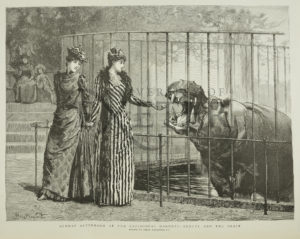
A Victorian visit to the zoo. Graphic, 1891.
(Please note that if your exam board is Edexcel, you just need to skip to the third section ‘Hardy and Friends’ for access to twentieth-century texts.)
How do I use the Slider Reviser?
There are three areas to explore:
- Victorian Pets
- Empire and Animals
- Hardy and Friends
Each section opens with an introductory slide to give you some context, then it’s over to you to try reading and responding to non-fiction texts. You can move through all of the slides in order or jump to a particular slide.
We suggest that you do one or two slides per revision session.
- Use the arrow at the bottom to move between slides OR select a particular slide.
- Click on texts to enlarge and zoom in.
- Underlined words display definitions when you hover over the text.
- You will find questions in each section, which you can use to practise analysing non-fiction texts.
- Write down your answers to the questions (we advise using a revision notebook to keep all your work together) and then click on REVEAL ANSWER to see a short example answer. Remember that there is no one right answer, so don’t worry if you write about different things. In the exam you will need to make several different points, so you should think about the sample answer as just one point from a longer response.
Where have the texts come from?
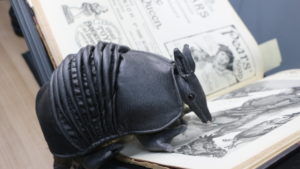
We have collected articles and illustrations from a 19th-century illustrated newspaper called the Graphic. The original copies of this newspaper are held in Special Collections at the University of Exeter.

Digitising The Graphic.
You will also see some letters, all from the early 20th century, written to or from a famous poet and novelist called Thomas Hardy. The original letters are held at Dorset County Museum and were recently digitised at the University of Exeter.
Feedback
So that we can make sure this resource is as useful as it can be, please go to the Feedback slide at the end of the Slider Reviser once you have finished.
Fair dealing statement
The material included in this resource has been digitised by the University of Exeter and is being used for the purposes of non-commercial criticism and review. If notified of any material that is believed to be a copyright infringement we will remove individual texts/images etc. on request.
If you wish to use copyrighted material from this site for purposes of your own that go beyond fair dealing, you must obtain permission from the copyright owner.

